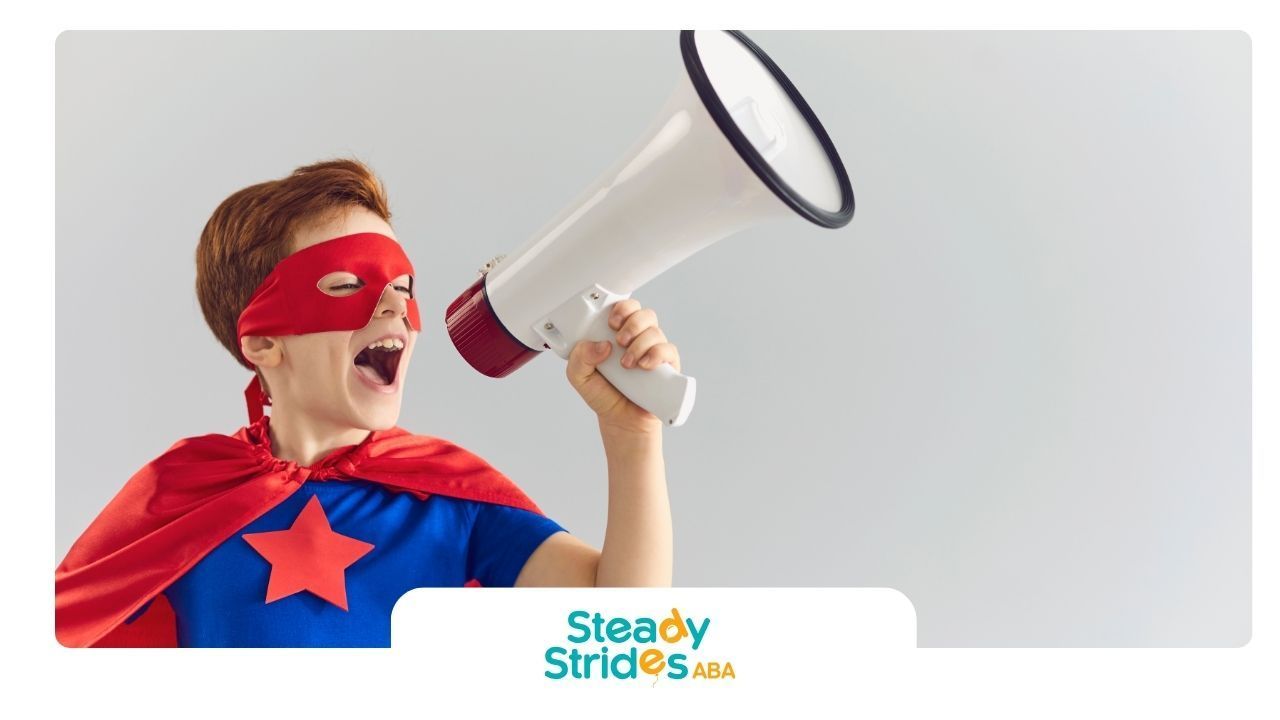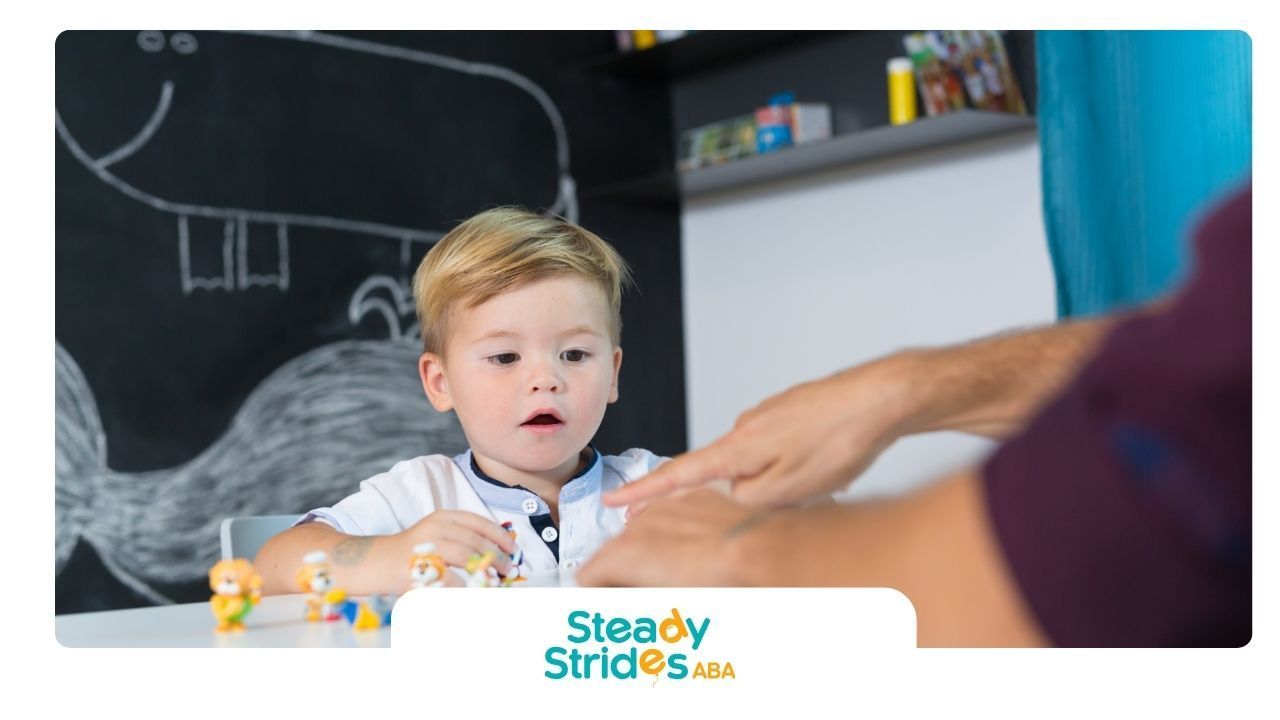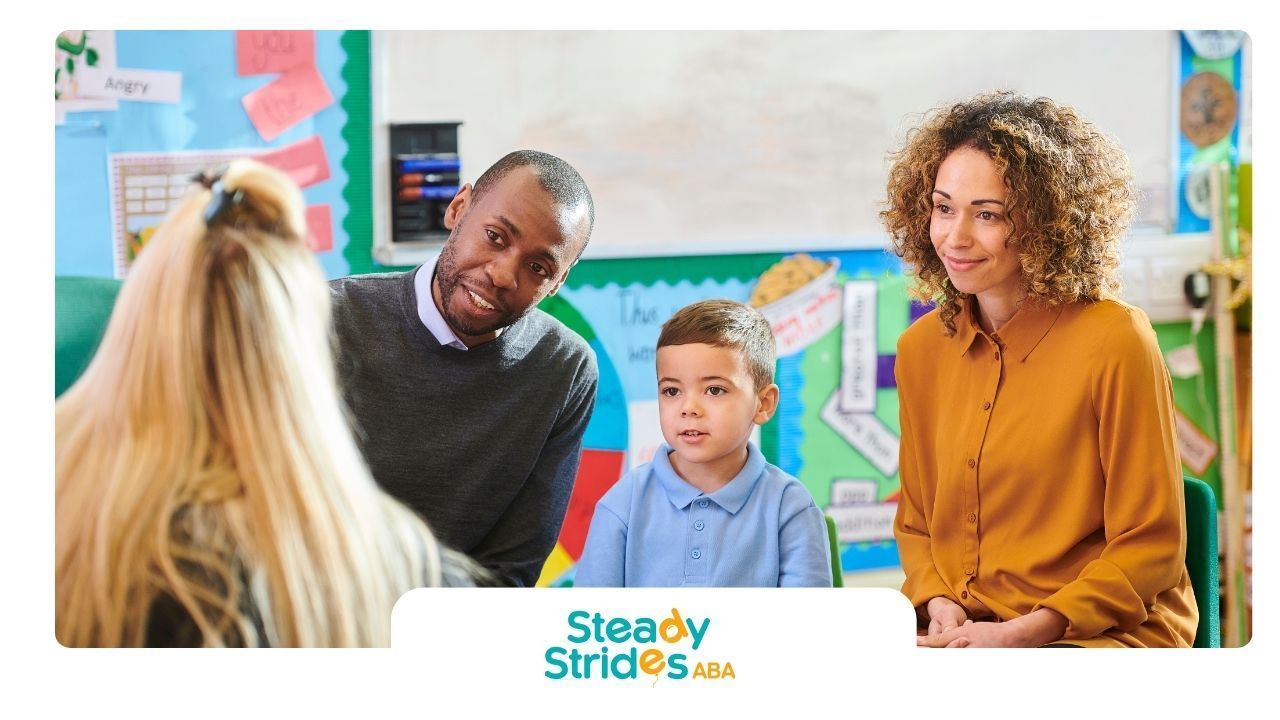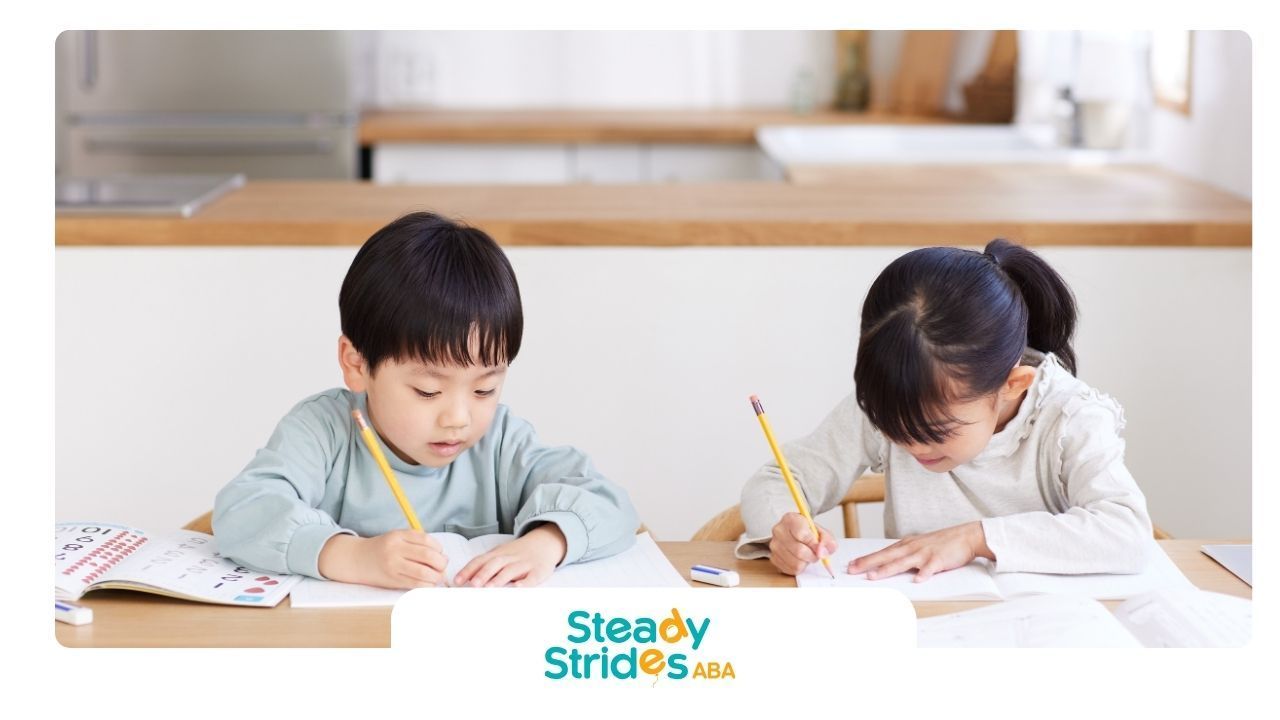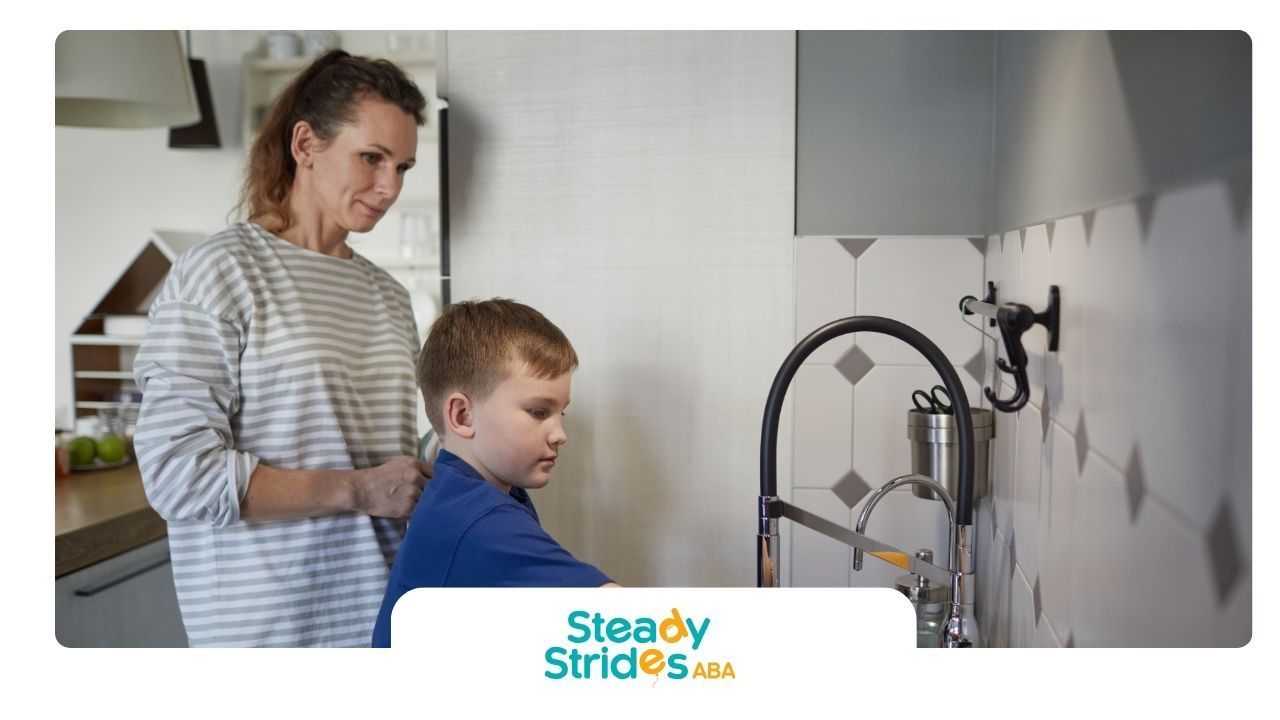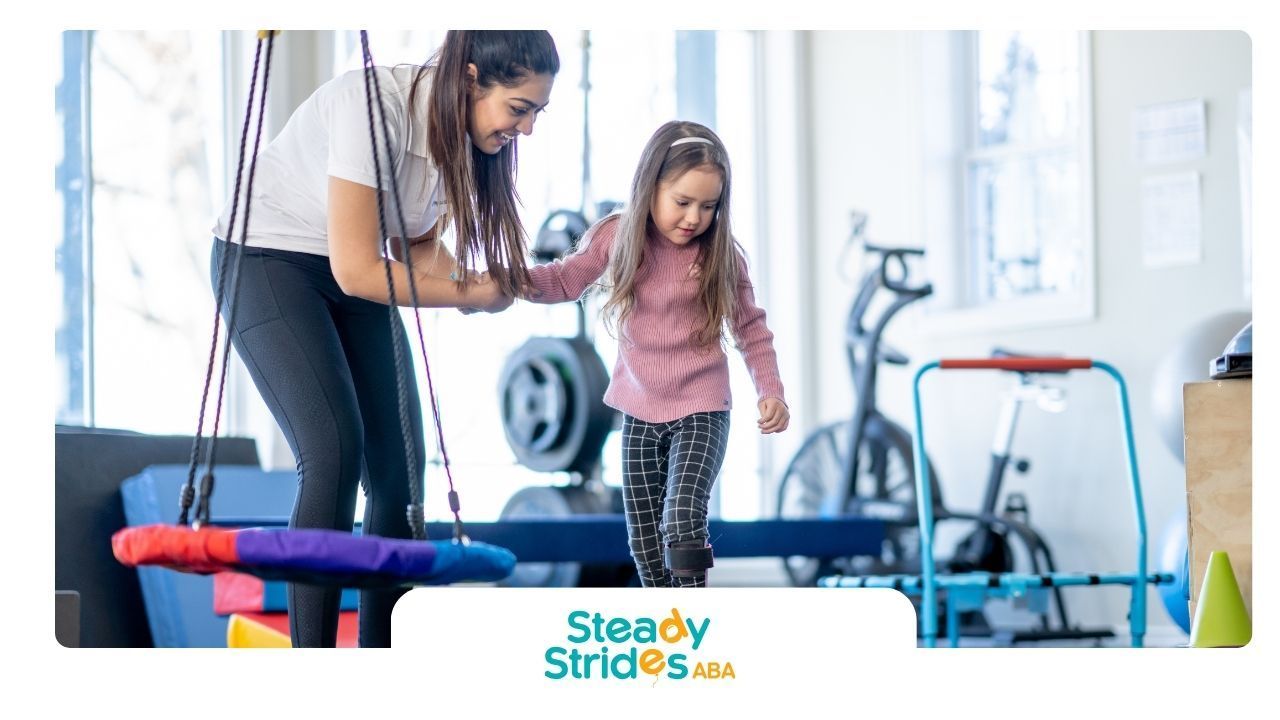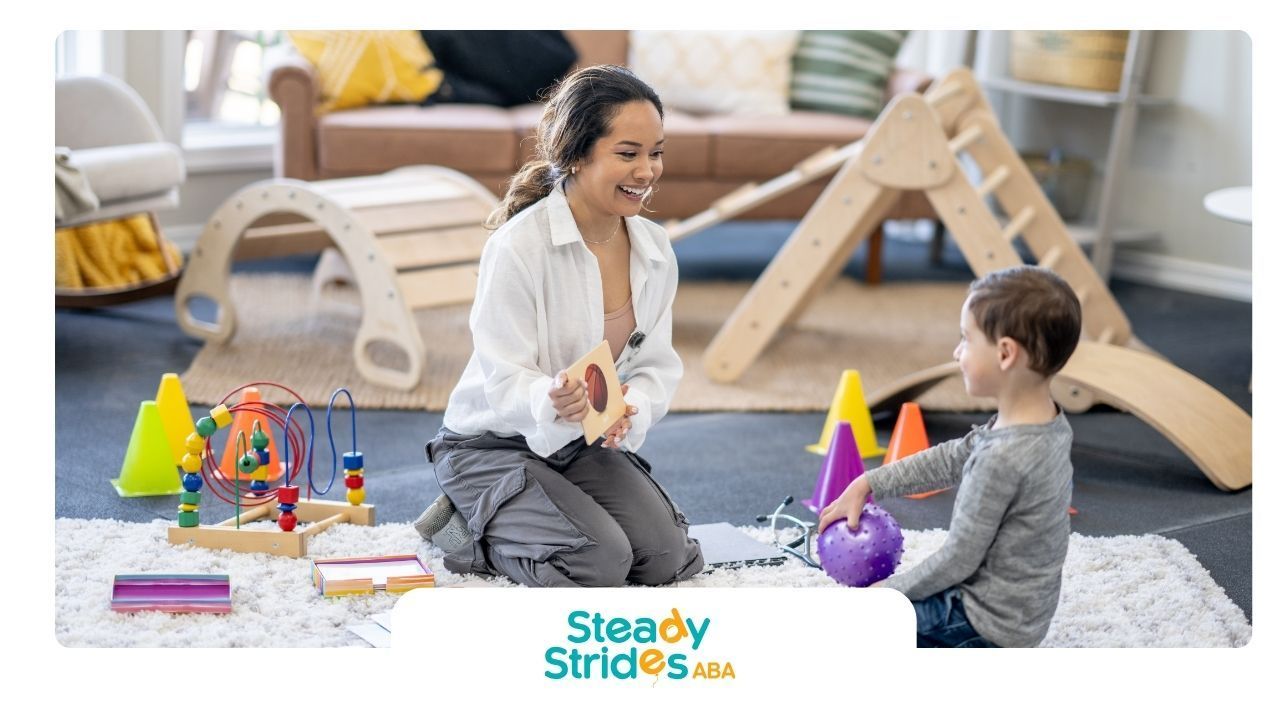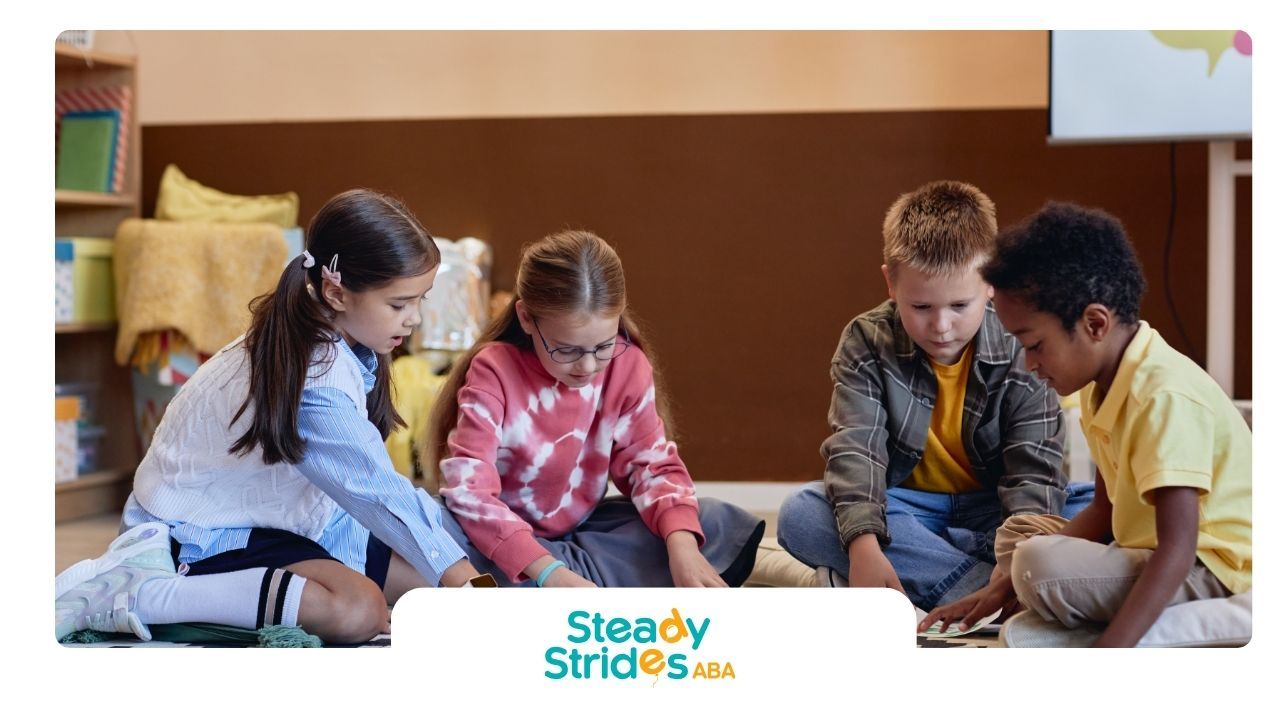Understanding Autistic Children's Needs
Autistic kids have their own special way of growing and learning, and picking the right toys can make a world of difference. Parents, teachers, and therapists need to get this right to help these kids thrive.
Why Toy Selection Matters
Toys aren't just for fun—they're tools that help autistic children learn and grow. The right toys can open doors to new skills and better well-being. When picking toys, think about how they can help with sensory needs and social skills.
Here’s what to look for:
- Sensory Development: Sensory toys can calm and focus kids, making playtime a chance to learn social skills like sharing and planning (sensory toys for children with autism).
- Cognitive Growth: Building blocks and educational games boost visual-spatial skills, memory, and problem-solving.
- Social Interaction: Board games and interactive play that need talking can help kids learn new words and how to have conversations.
Early Identification and Intervention
Spotting autism early and stepping in with the right help can make a big difference. Kids with autism might show signs like trouble with joint attention, imitation, and toy play as early as 9-18 months. Early intervention with the right toys and therapy can really boost their communication skills.
By catching the signs early, parents and caregivers can use therapeutic toys for autism to help with social and cognitive growth. Remember, while sensory toys are great for focus and relaxation, they don’t replace professional treatments for autism.
Toys play a huge role in early intervention. They’re not just for play—they’re tools that can shape how an autistic child develops. Picking the right interactive toys for autistic children can help build essential life skills and support overall growth.
Interactive Toys: A Game-Changer for Kids with Autism
Interactive toys for autistic kids are designed with features that cater to their unique developmental needs. They're not just fun; they're also powerful tools for therapy and learning. Two standout features of these toys are their sensory-friendly aspects and their role in boosting social skills.
Sensory-Friendly Toys
Sensory-friendly toys are all about engaging the five senses: sight, sound, touch, smell, and taste. They create a safe space for autistic kids to explore and develop their senses through play. These toys help kids relax and focus, making playtime a natural way to learn social skills like negotiation, planning, and sharing.
These toys come in all shapes and sizes, from simple tactile objects to more complex multi-sensory gadgets. They offer a hands-on way for kids to interact with their surroundings, helping them understand the world better. Plus, sensory toys can reduce stress and anxiety, making it easier for kids to relax and focus.
There's a wide range of sensory toys for children with autism available, each designed to help kids integrate their senses and better navigate their environment.
Boosting Social Skills
Toys that help build social skills are a big win for autistic kids. These toys offer chances to practice key social interactions like taking turns, sharing, and playing together. Through guided play, kids learn to negotiate, plan, and communicate—skills that are crucial for social learning.
Interactive toys are designed to get kids involved, encouraging them to participate and connect with others. They play a big role in developing communication and social skills. Many of these toys are meant for group play, helping kids build and nurture social relationships.
For instance, dolls or action figures can encourage role-playing, board games can teach turn-taking, and tech-based toys can offer interactive experiences. These toys are not just fun; they're educational tools that help kids grow socially.
Adding these toys to playtime can be a great way to promote learning and social interaction. With the support of parents, caregivers, and teachers, these toys can make a big difference in the overall development of autistic kids. Check out our selection of developmental toys for autism and educational toys for autistic children for more options.
Why Interactive Toys Matter
Interactive toys aren't just fun; they're game-changers for autistic kids. These toys are designed to meet their unique needs, making learning and growth a blast.
Fun and Learning Combined
Interactive toys for autistic children are made to keep them engaged, which helps them learn and develop. These toys boost problem-solving skills, sensory exploration, and imaginative play. They also help kids focus, which is key for learning.
These toys also help kids make friends. By including elements that need sharing, taking turns, and working together, they help kids develop social skills and communication abilities.
If you're looking for toys that support learning, check out our educational toys for autistic children for a mix of fun and learning.
Sensory Fun
Sensory toys are a type of interactive toy that stimulate a child’s senses: sight, sound, touch, smell, and taste. These toys help autistic kids develop their senses in a safe way. Sensory toys can also help kids relax, focus, and calm down, which helps them play naturally and learn social skills like sharing and planning.
The benefits of sensory play include better sensory processing and integration. Kids with autism can develop skills to understand their environment and become more aware of their feelings. Sensory toys are popular with parents and therapists, who report that these toys help reduce stress and anxiety, leading to a calmer and more focused state.
For a list of sensory-friendly options, check out our sensory toys for children with autism, which includes toys that provide controlled sensory input to help manage sensory experiences.
By choosing the right interactive and sensory toys, parents, caregivers, and teachers can create enriching experiences that help autistic kids engage more with the world. Whether the goal is to boost learning, build social skills, or improve sensory integration, the right toys can make a big difference in the lives of autistic children.
Fun and Engaging Toys for Kids with Autism
Interactive toys for autistic kids are more than just playthings—they're tools for growth and learning. These toys often blend sensory fun with activities that boost both thinking and social skills. Let's check out two main types: cause-and-effect toys and reinforcer toys.
Cause-and-Effect Toys
These toys are all about action and reaction. When a child does something, the toy responds in a predictable way. This can be super satisfying and educational. Think of simple musical instruments that play a note when pressed or electronic games that light up and make sounds when touched. The predictability of these toys helps autistic kids feel in control and understand their surroundings better.
Here's a quick look at some popular cause-and-effect toys:
| Toy | What It Does | Interactive Feature |
|---|---|---|
| Pop-Up Toys | Figures pop up when buttons are pressed | Sound and movement |
| Musical Instruments | Keyboards or drums that play notes when touched | Sound and tactile feedback |
| Light-Up Toys | Toys that light up in response to actions | Visual cues |
These toys are great for sensory exploration and can help develop fine motor skills and hand-eye coordination. Want more sensory-stimulating toys? Check out our sensory toys for children with autism.
Reinforcer Toys
Reinforcer toys give positive feedback when a child does something right. This can be crucial for behavioral development. Imagine a puzzle that plays music when a piece is placed correctly or a game that lights up after a sequence is completed. These toys keep kids interested and encourage them to keep trying, which helps them learn and develop skills.
Studies show that therapeutic toys, including reinforcer toys, can improve interactions and cooperative play among autistic children, even more than traditional game therapy. The fun sounds and lights make these toys hard to resist, keeping kids engaged and eager to learn.
Here's a look at some popular reinforcer toys:
| Toy | What It Does | Reinforcing Feature |
|---|---|---|
| Puzzle Games | Completing the puzzle gives a visual or auditory reward | Visual or sound effects |
| Interactive Books | Respond when a page is turned or a button is pressed | Sound, lights, or movement |
| Reward-Based Electronic Games | Offer levels of achievement or points | Audiovisual feedback |
Reinforcer toys are not just fun—they're powerful tools for teaching cause and effect, boosting memory skills, and giving kids a sense of achievement. Want to see more options that can help autistic children grow? Browse our therapeutic toys for autism and educational toys for autistic children.
Picking the Right Toys for Social Growth
Helping autistic kids develop socially is super important, and the right toys can make a big difference. Interactive toys designed for kids with autism can help them connect with others and build essential communication skills.
Making Friends
Toys that get kids to play together are key for helping autistic children form bonds. These toys should be fun and encourage teamwork, which can lead to friendships and lasting relationships. Think wooden blocks, puzzles, and building sets—great for playing with friends or family.
Using interactive toys during playtime can create meaningful experiences that help kids connect. These toys should be enjoyable for both autistic children and their neurotypical friends, promoting shared fun and understanding. Therapeutic toys can also boost interactions between autistic kids and their peers, showing how important well-designed toys are.
Want to know more about toys that help with sensory development? Check out our page on sensory toys for children with autism.
Boosting Communication Skills
Interactive toys that get kids talking, like board games that require conversation or physical games like catch, are great for improving communication. These toys help autistic kids learn new words and think better, which is crucial for their social growth.
Toys that focus on taking turns, sharing, and negotiating can also help kids develop social skills and emotional understanding. These skills are essential for helping autistic children succeed in social settings. By choosing toys that target these areas, parents and teachers can help autistic kids communicate more effectively.
Looking for more toys that support development? Check out our range of developmental toys for autism and educational toys for autistic children, designed to nurture communication and social skills in a fun way.
Making Playtime Meaningful
Helping kids with autism spectrum disorders (ASD) thrive isn't just about keeping them entertained—it's about using the right tools and toys to support their unique needs. Parents, caregivers, and educators are key players in this mission, introducing interactive toys that do more than just amuse—they help kids grow and learn.
The Power of Parents, Caregivers, and Educators
Parents, caregivers, and educators are like the dream team for kids with ASD. By bringing in interactive toys for autistic children, they can create experiences that boost learning, social skills, and overall development.
Take sensory toys for children with autism, for example. These toys offer hands-on fun that helps kids connect with their surroundings. They’re great for building sensory skills and helping kids understand their feelings better.
To get the most out of these toys, adults should:
- Pick toys that match the child's interests and developmental stage.
- Play along with the child to teach social skills like sharing and talking.
- Watch how the child reacts to different toys and switch things up as needed.
Boosting Overall Growth
The big win with interactive toys for autistic kids is how they help with overall growth. This means better communication, social skills, and brainpower. Toys that get kids talking and thinking, like board games or ball games, are super effective.
Toys like wooden blocks, puzzles, play kitchens, train sets, and building sets are also fantastic. They encourage group play, which helps kids make friends and build lasting relationships. Plus, building blocks or educational games can boost cognitive skills, helping with visual and spatial awareness, memory, and problem-solving.
To support overall development, try these tips:
- Mix in a variety of
developmental toys for autism that target different skills.
- Create a safe space where the child can explore and learn at their own pace.
- Work with therapists and professionals to choose toys that fit with therapy goals.
By getting involved in playtime, parents, caregivers, and educators can make a huge difference in a child's growth and happiness. They provide the support, patience, and encouragement needed for kids with autism to flourish.





